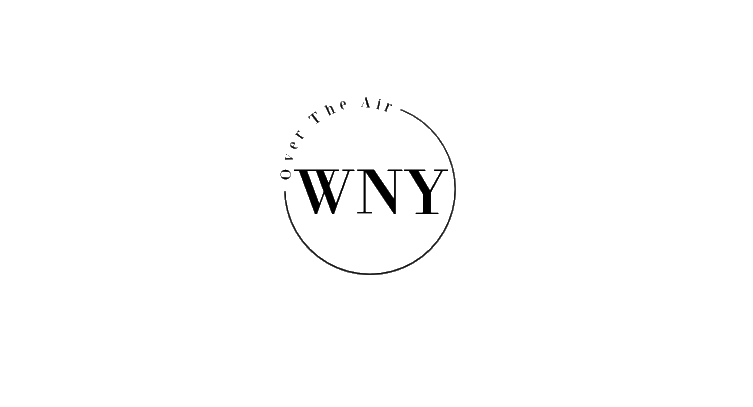Let's clear the air. There's many misconceptions about antenna TV.
-
Yes, it’s completely legal. It’s even regulated by the FCC.
FTA TV broadcasting is a very large industry that has existed for nearly a century—and it’s better than ever.
The vast majority of OTA TV is FTA (Free-to-air). These TV channels are broadcast in the clear—anyone with the proper equipment to receive the signal can watch content without any subscription costs. This is carried out with VHF and UHF radio waves using terrestrial broadcast towers. These signals are picked up by individuals with TV antennas. The Federal Communications Commission (FCC) regulates all radio spectrum dedicated to broadcast TV in the United States.
Here’s a quote from the FCC:
“In exchange for obtaining a valuable license to operate a broadcast station using the public airwaves, each radio and television licensee is required by law to operate its station in the ‘public interest, convenience and necessity’.”
Learn more at fcc.gov.
-
No. In fact, it’s usually the highest quality TV available.
An average bitrate for an HD American OTA channel is 9 Mbps (MPEG-2).
An average bitrate for an HD Canadian OTA channel is 18 Mbps (MPEG-2). (No, that’s not a typo. Canadian broadcasts are extremely high quality).
That’s a lot of mega bits per second.
-
No. You need an antenna.
There’s no such thing as a “digital” TV antenna. Antennas are simply pieces of metal cut to specific lengths to pick up certain frequencies (this is basic physics).
Items that could theoretically “pick up” TV signals include:
A paperclip
A metal coat hanger
A stray piece of metal wire
Literally anything metal…
How well would these items “pick up” TV channels? Probably poorly, since they’re not cut specifically for TV broadcast frequencies. That’s why we use specifically shaped pieces of metal called antennas.
-
Yes, it still works.
Antennas are simply pieces of metal cut to specific lengths to pick up certain frequencies. An antenna made in the 1940s could pick up digital signals today. So yes, that old thing on your roof still works.
WNY Over The Air recommends keeping your old antenna if it’s in good shape and picking up the stations you want. A lot of older antennas were actually made better compared to many “digital” antennas on the market today.
-
No. Digital antenna TV signals are broadcast over the air and do not require internet to receive.
-
Broadcast sites disperse a modulated ATSC digital signal (it’s actually a .ts file) in a 6 MHz RF channel using VHF and UHF radio frequencies. Anyone within the coverage range can receive the signal with the proper receiving equipment. These 6 MHz RF channels contain a maximum bitrate of 19.39 Mbps. This signal contains:
A TV channel (usually multiple (virtual) channels ex. 2.1, 2.2, 2.3,… etc.). Usually the “x.1” channels are in HD and subsequent channels are in SD, but this isn’t always the case
TV guide data
Date and time
Other, less obvious data
Again, all of this data is contained in one 6MHz “RF channel”.
Everything above is true for ATSC 1.0. ATSC 3.0 is a newer, high-tech digital broadcast standard which is more complicated. Read this guide on ATSC 3.0 to learn more.
-
In 1996, acting under regulatory authority delegated by Congress in the Telecommunications Act, the Federal Communications Commission (FCC) issued its rule on Over-the-Air Reception Devices Rule, 47 C.F.R. §1.4000 (the “OTARD Rule”).
What this means:
Landlords cannot restrict the installation of a tv antenna in an exclusive use area of a rented space. In addition, local governments cannot enforce restrictions that impair the installation a tv antenna.
There are some restrictions with this rule. For complete details, visit fcc.gov
-
You’re not alone. Many broadcasters, media conglomerates, streaming services, cable, and satellite companies discourage the use of TV antennas to make more money from retransmission fees—fees paid by the consumer to view TV channels already available over-the-air with a TV antenna. The public has been left in the dark.
Reception Issues
-
Digital TV signals have a threshold at which they can be decoded successfully (without errors). When a TV signal’s quality drops below this level, the TV won’t display a picture.
TV signal quality levels are constantly fluctuating in the air. If you were barely receiving a signal before, it’s probably below the threshold today. Hence, there is “no signal”.
When an antenna is installed correctly, only very weak stations have this issue.
WNY Over The Air will never guarantee the reception of very weak signals.
-
The current digital broadcast standard (ATSC 1.0) is very prone to a phenomenon known as multipath interference. Movement from trees moving in the wind is enough for the ATSC 1.0 TV picture to break up. ATSC 1.0 uses a much older 8VSB modulation.
If you live in an area with a lot of trees, WNY Over The Air recommends you use an ATSC 3.0 enabled device.
ATSC 3.0—the newest broadcast standard—is not affected by multipath interference. ATSC 3.0 uses OFDM modulation, the same technology used in 5G.
